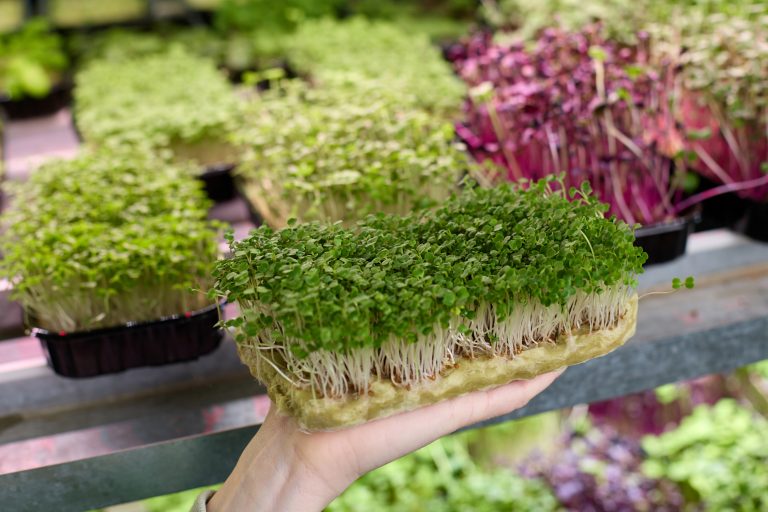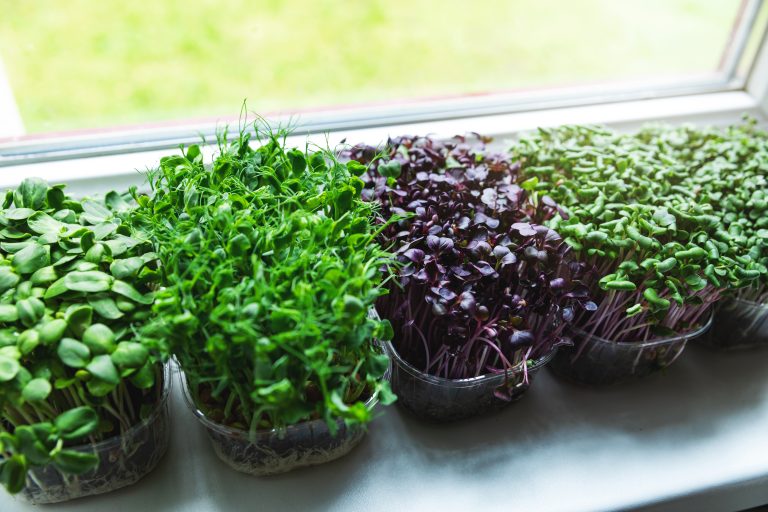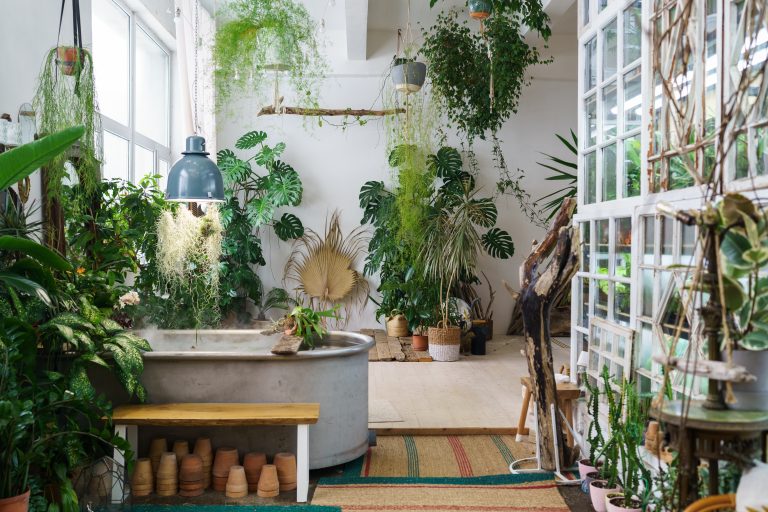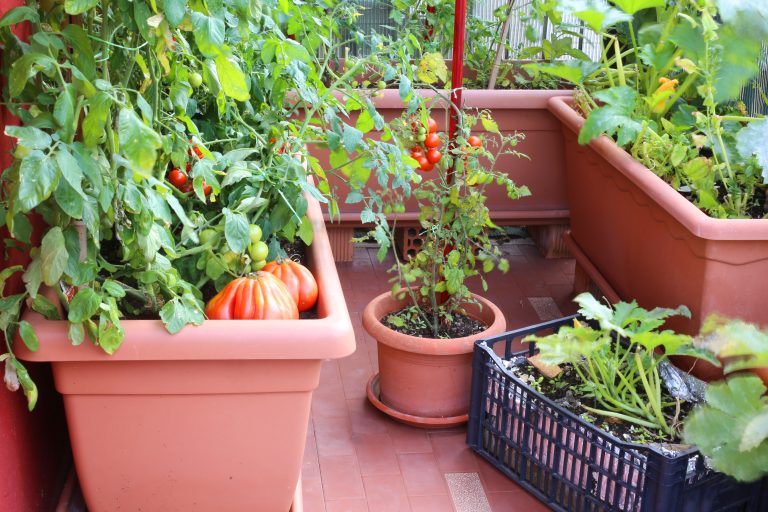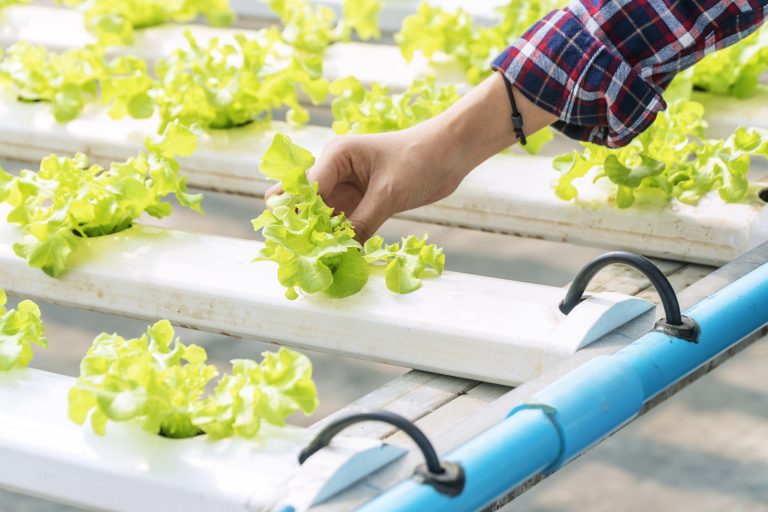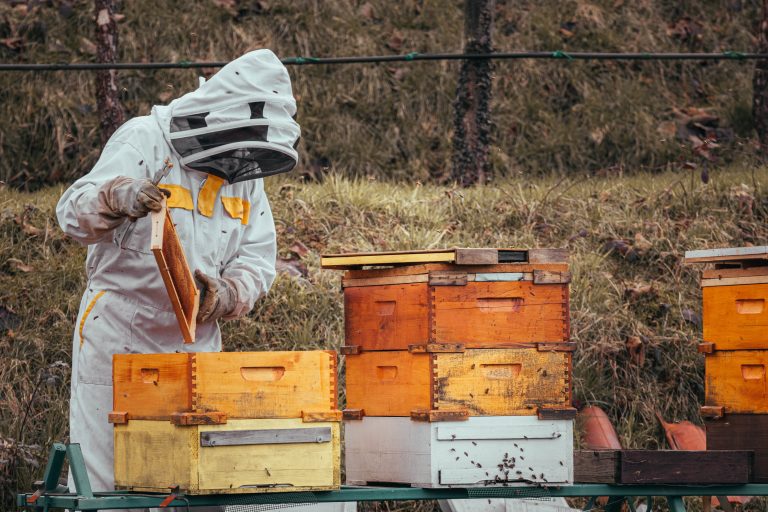6 Fresh Ways to Garden in a Balcony-Free Apartment
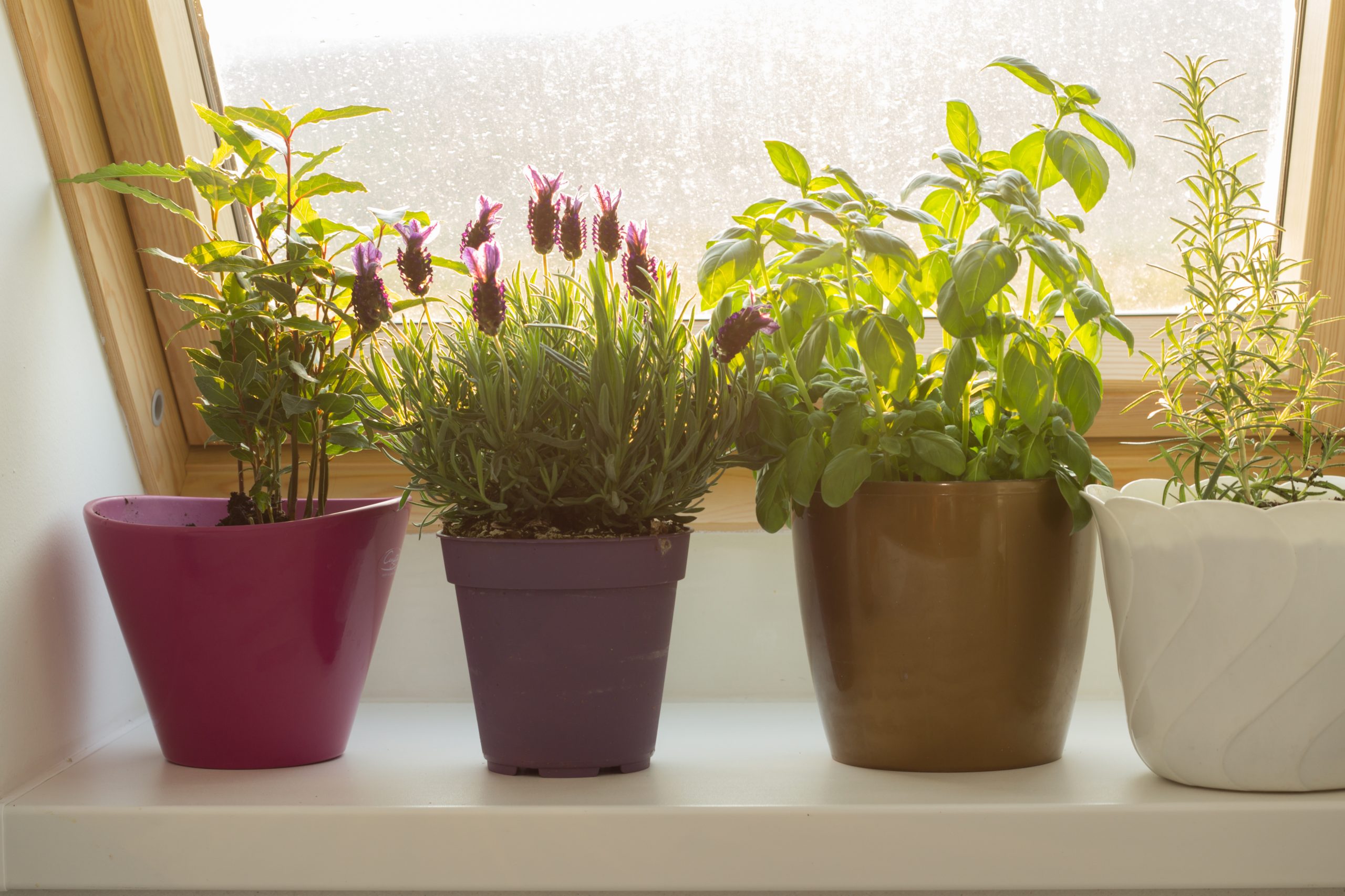
Dreaming of a lush garden but are stuck in a balcony-free apartment? Fear not, for indoor gardening can turn your living space into a green oasis, even without outdoor access.
Turn your living room into a thriving oasis with indoor gardening—nature’s magic in any space, big or small. Transform your apartment into a canvas for herbs, veggies, or flowers, showcasing your green thumb prowess.
Even without a yard or balcony, well-placed pots and planters make indoor gardening an art that connects you with nature. Discover space-savvy tips for a beautiful and practical indoor garden before turning your living room into a tropical paradise.
1. Utilizing Vertical Wall Planters
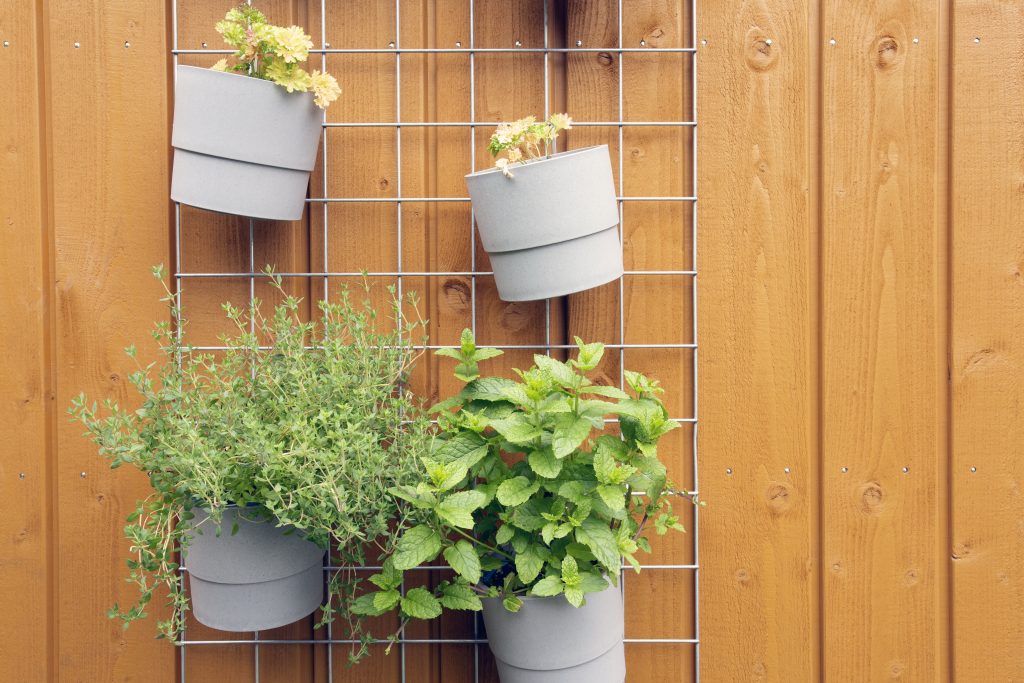
Vertical wall planters are a game-changer for the balcony-less gardener. They’re like high-rise buildings for plants, allowing you to grow upwards and make the most of limited space. You can create a living wall that not only looks stunning but also purifies the air—a double win! Imagine a tapestry of greenery cascading down your wall; it’s a sight that could make even the most concrete-bound city dweller swoon.
Hey hey! Don’t forget to subscribe to get our best content 🙂
Installation is a breeze (well, usually). You can opt for ready-made planters or DIY your own with some upcycled materials. Think old wooden crates, fabric pockets, or even repurposed plastic bottles. The key is to ensure your wall can handle the weight and that there’s enough room for the roots to grow. And don’t forget to check with your landlord if you’re renting—no one wants an unexpected gardening-related security deposit fiasco.
I’ve seen some truly inventive vertical gardens in my time—a testament to the creativity of apartment dwellers. From lush herb gardens in the kitchen to a patchwork of succulents in the living room, the possibilities are endless. Just remember that each plant has its own sunlight and watering needs, so plan your living wall accordingly.
2. Exploring Hydroponic Systems
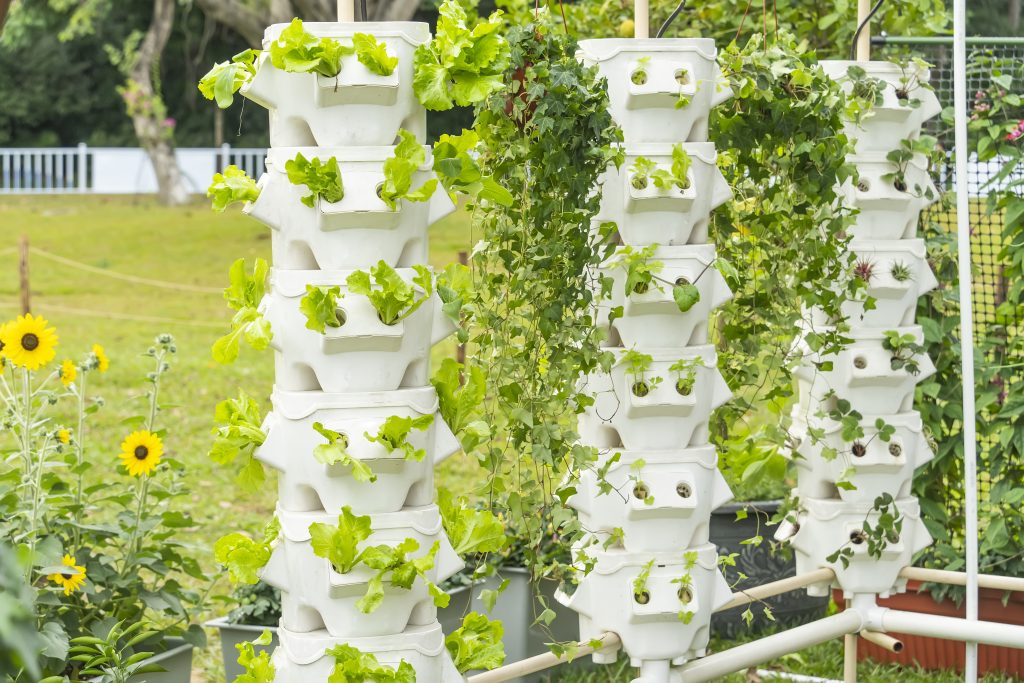
Hydroponic systems might sound like something out of a sci-fi movie, but they’re a super-efficient way to grow plants without soil. Yes, you heard that right—no soil! These systems use nutrient-rich water to nourish your plants, which can lead to faster growth and higher yields. It’s like giving your plants a first-class ticket to Healesville.
There’s a variety of hydroponic setups out there, from simple mason jar kits to more complex systems with pumps and LED lights. If you’re a beginner, start small to get the hang of it. There’s something incredibly satisfying about watching your plants thrive in this futuristic setup. (Plus, it’s a great conversation starter at parties: “Oh, that? That’s just my hydroponic herb garden.”)
One of the coolest things about hydroponics is the space-saving aspect. Since there’s no need for bulky pots filled with soil, you can fit more plants into a smaller area. And let’s face it, when you’re gardening in an apartment, every inch counts. Just be sure to monitor your system regularly—hydroponic plants still need love and attention, even if they’re living in the space age.
3. Embracing Window Sill Gardens
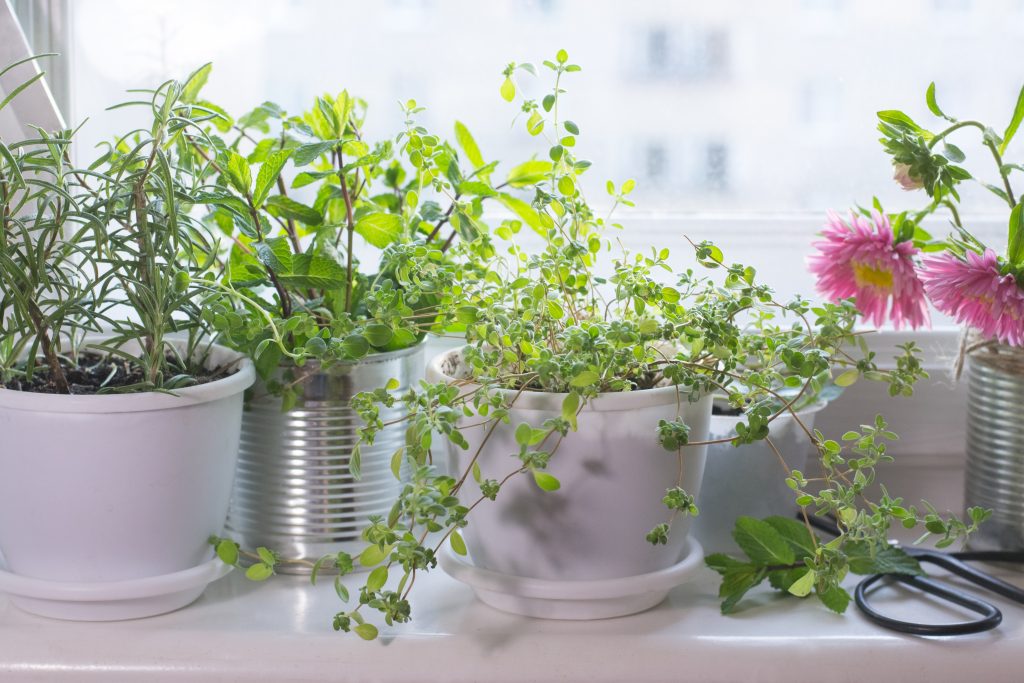
Window sills are often underutilized spaces in apartments, but they can be the perfect spot for a mini garden. They’re like natural light shelves waiting to be adorned with greenery. Plus, there’s something incredibly cozy about having a row of plants basking in the sunlight as you sip your morning coffee.
Herbs are a great choice for window sill gardens because they don’t take up much space and can be used in your cooking. Imagine plucking fresh basil right off your window sill to add to your pasta sauce—now that’s what I call farm-to-table. And don’t worry if your window sill isn’t wide enough; there are plenty of adjustable and hanging options that can fit snugly in your window frame.
But remember, not all plants are suited for the varying temperatures and light levels by the window. Do your research and pick plants that will thrive in the conditions you’ve got. And if you’re worried about your plants getting too cold, a simple trick is to place a reflective surface behind them to bounce back some warmth and light.
4. Incorporating Hanging Baskets
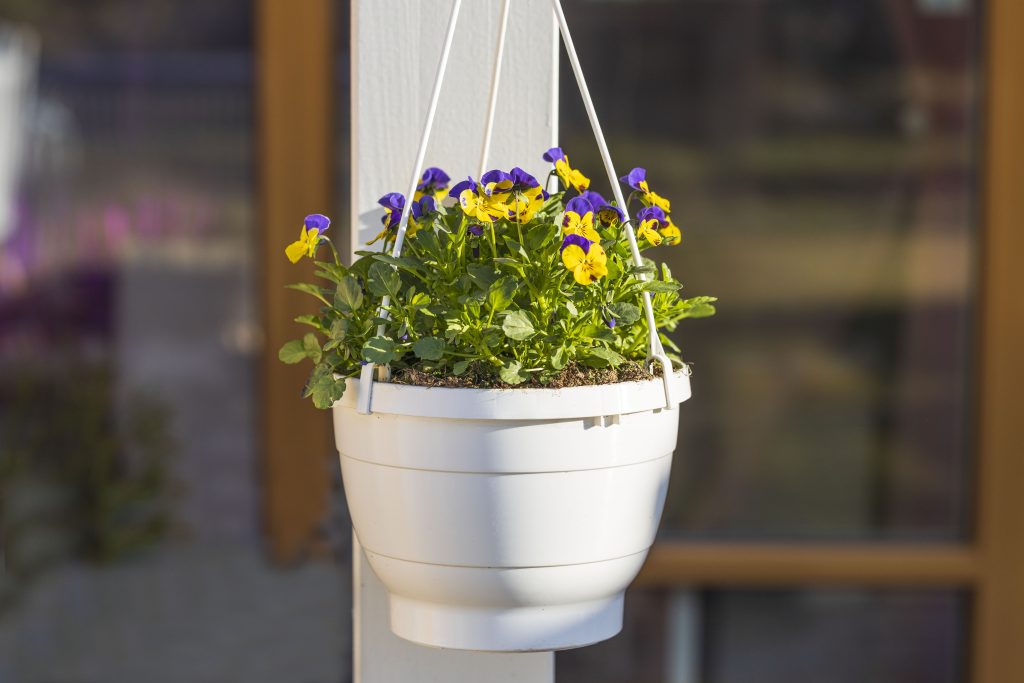
Hanging baskets are like chandeliers for your plants, adding a touch of elegance and freeing up precious floor space. They’re perfect for trailing plants like pothos or string of pearls, which will cascade gracefully over the sides. And the best part? They keep your plants out of reach from curious pets or small children.
You can hang these baskets from the ceiling, wall brackets, or even from a tension rod placed in a doorway. The key is to ensure they’re securely fastened—nobody wants a surprise plant shower. When it comes to watering, a neat trick is to place ice cubes on top of the soil; as they melt, they’ll provide a slow and steady water supply.
Hanging baskets also allow you to play with levels and depth in your indoor garden. By having plants at different heights, you create a dynamic and visually interesting space. Just think about it: with every glance up, you’ll be met with a delightful canopy of greenery. It’s like living in a fairy-tale forest (sans the woodland creatures, unfortunately).
5. Choosing the Right Plants
Choosing the right plants for your indoor garden is like setting up a successful blind date—you’ve got to match the right personality with the environment. Some plants love the cozy indoors, while others might throw a fit and drop all their leaves. You want plants that can handle the indoor climate and the lighting you can provide.
Succulents and cacti are the low-maintenance friends we all love—they’re resilient and don’t demand much attention. Herbs like basil, mint, and chives are also great choices, especially if you’ve got a sunny window sill. And let’s not forget about air-purifying champs like the snake plant or the spider plant; they’re practically superheroes when it comes to cleaning the air.
It’s important to consider the size of the plant as well. You don’t want to choose a plant that’s going to outgrow its space quicker than you can say “repotting.” Always check the expected size and growth patterns before you commit. It’s like plant dating: you want to make sure you and your leafy partner are on the same page before taking the plunge.
In the video, Great Home Ideas explains –
Great Home Ideas
- Importance of Indoor Plants: In high-rise apartments, indoor plants offer a solution for clean, fresh air indoors.
- Variety in Shade Plants: Not all shade plants are the same; there is a variety to choose from.
- Birds Nest Ferns: Suitable for shade outdoors, but only score 3 out of 10 for indoor use.
- Philodendron Varieties: Popular indoor plants originating from shady forests with large newspaper-like leaves.
- Compact Indoor Plants: Compact varieties like the “compact them” philodendron offer interesting textures and foliage suitable for indoor spaces without overtaking.
- Aspidistra (Cast Iron Plant): Known for its longevity indoors, requires minimal maintenance with clean leaves.
- Ficus Varieties: Indoor figs offer a range of colors and foliage patterns, including variegated options like “bushy king” and “bushy prints.”
- Fiddly Fig: Known for its unique leaf shape resembling musical instruments, requires glossy leaves to maintain its beauty.
- Pots and Décor: Choosing pots that complement the plants and décor enhances the overall look of indoor gardens.
- Low Maintenance Indoor Gardens: Focus on low light, low water, and low maintenance plants to create an indoor garden that thrives while improving air quality.
6. Lighting for Healthy Growth
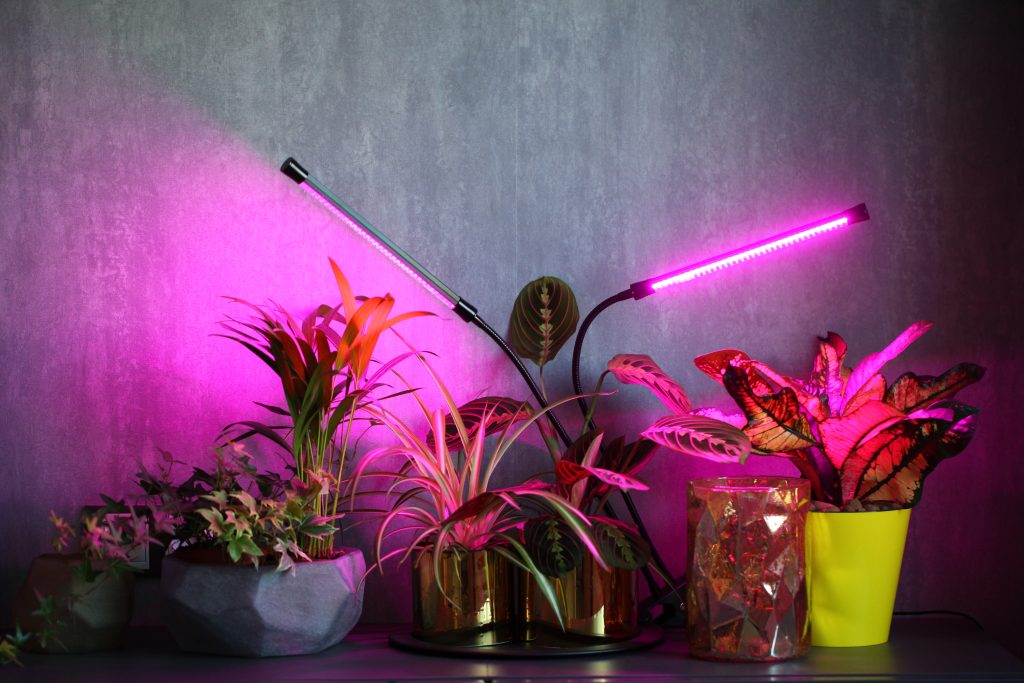
Lighting is the lifeblood of your indoor garden—the sun’s rays are like a warm embrace for your plants. But when natural light is scarce, you might need to play matchmaker and introduce your plants to some artificial lighting options. LED grow lights are fantastic; they’re energy-efficient and can provide the full spectrum of light that plants crave.
But before you go turning your apartment into a light show, assess the natural light you do have. South-facing windows are like the VIP section of a club for plants—they get the most consistent light throughout the day. If you’re not blessed with south-facing windows, don’t panic. Even north-facing windows can host plants that prefer lower light conditions.
Adjusting the lighting as the seasons change is also key. During the darker months, you might need to supplement with more artificial light to keep your plants happy. Remember, the goal is to mimic natural sunlight as closely as possible—your plants won’t settle for a subpar lighting situation.
Soil and Fertilizer Basics
Soil is like a plant’s home, and you want to make sure it’s a comfy one. Not all soil is created equal—indoor plants generally prefer a mix that drains well but still holds enough moisture. Some plants might need a bit of sand mixed in for better drainage, while others might prefer a peat-based mix for extra acidity.
When it comes to fertilizer, think of it as the plant equivalent of a spa day—a little boost to keep them looking their best. A general-purpose, water-soluble fertilizer will do the trick for most indoor plants. Just follow the instructions on the label; over-fertilizing can be just as bad as not fertilizing at all. It’s all about balance.
Remember, different plants have different soil and nutrition needs. Do a bit of digging (pun intended) to find out what your specific plants are like. And don’t be afraid to change things up if your plants seem unhappy. Sometimes all they need is a little soil refresh to get back on track.
Watering Tips and Tricks
Watering is a delicate dance—it’s all about finding the right rhythm. Over-watering is a common misstep; it can lead to root rot, which is the plant version of a soggy, unhappy mess. On the flip side, under-watering can leave your plants parched and longing for a drink.
The best way to determine if your plants need water is the finger test—stick your finger about an inch into the soil. If it’s dry, it’s time to water. If it’s still moist, give it a few more days. And always water at the base of the plant, not from overhead. You want to avoid getting the leaves wet, which can lead to fungal diseases.
Another pro tip is to water in the morning. This gives the plants time to drink up before the cooler evening temperatures set in. And if you’re forgetful, consider setting a watering schedule or using self-watering planters. They’re like a safety net for those of us who might not have the best plant-parenting memory.
Ongoing Care and Maintenance
Caring for your indoor garden is an ongoing adventure. It’s not just about watering and feeding; you’ve also got to be on the lookout for pests and diseases. Keep an eye out for any changes in your plants—discoloration, drooping leaves, or spots can be a cry for help.
Pruning is also important. It’s like giving your plants a haircut to encourage new growth and keep them looking tidy. And don’t forget to clean the leaves of larger plants. Dust can block sunlight and reduce photosynthesis, so give them a gentle wipe with a damp cloth now and then.
Lastly, be patient. Plants grow at their own pace, and sometimes they need a little time to adjust to their new home. Celebrate the small victories—a new leaf, a flower bud, or even just maintaining the status quo is a win. Remember, gardening is a journey, not a sprint.
So there you have it—five fresh ways to garden in a balcony-free apartment, plus some essential tips to keep your indoor oasis thriving. Roll up your sleeves get your hands dirty (or not, if you’re going hydroponic), and watch as your home transforms into a verdant paradise.

